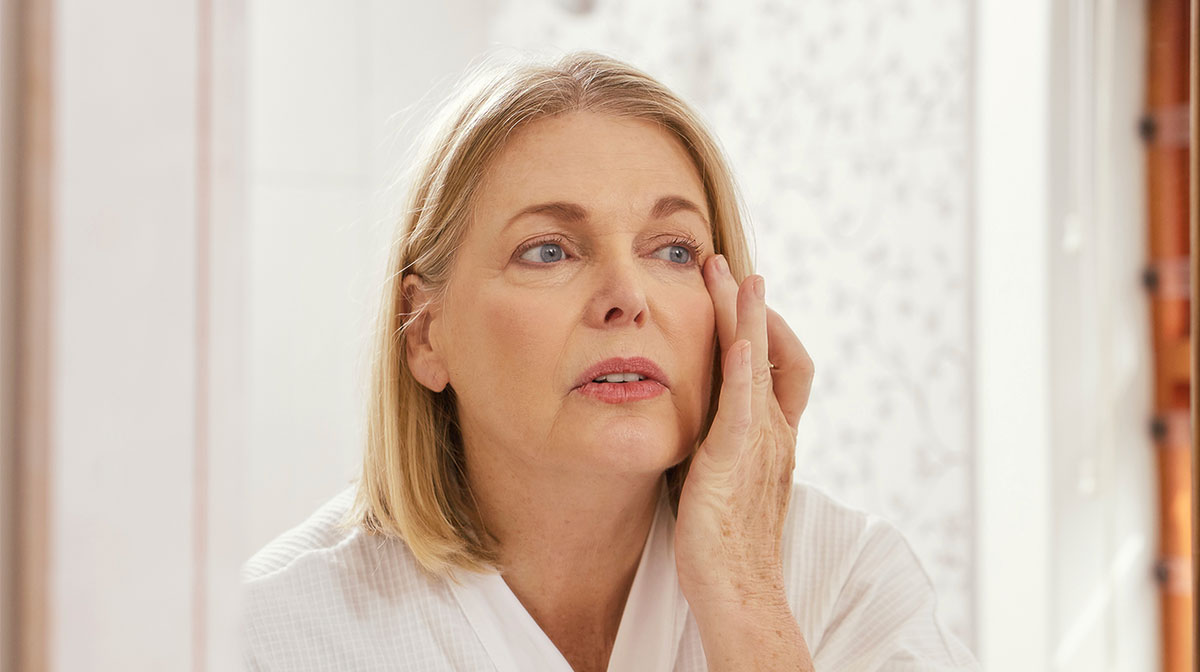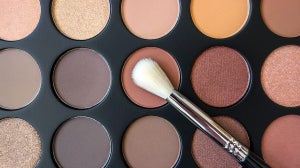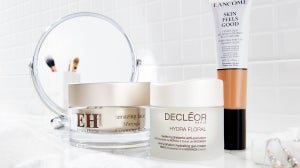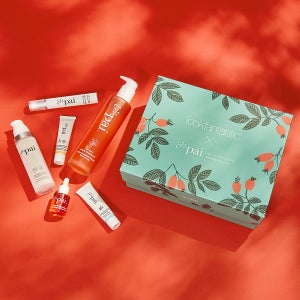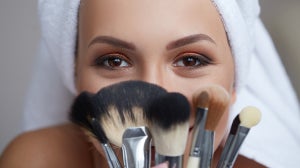
As we age, our skin tends to start making changes due to our surroundings and lifestyle. One of the main changes that you might see is discolouration and uneven skin tone which is also known as hyperpigmentation.
What Causes Hyperpigmentation?
Hyperpigmentation is usually described as the darkening of an area due to the overproduction of a natural skin pigment called Melanin.
The main causes of hyperpigmentation include sun damage, genetic build up, hormonal changes, medication and damage to your skin.
What is Melanin?
Melanin is produced by Melanocytes which regulate the pigment in your body. The more Melanin you have, the darker your skin tone tends to be. If these Melanocytes are altered in number or are hyperactive, they start to produce more Melanin and can therefore result in hyperpigmentation.
Melanin is what determines the colour in your body and is responsible for your skin colour, eyes and hair.
Hyperpigmentation is harmless but the discolouration and patches can be upsetting and difficult to cover up with makeup.
Although it is a relatively common skin condition, certain ethnic backgrounds are more prone to it. Asians, Mediterranean and African skin tones have a higher amount of Melanocytes and are therefore more at risk of hyperpigmentation.
Types of Hyperpigmentation
Pigmentation can occur in a few different ways and affects individuals based on their skin type and condition. There are 3 main types of hyperpigmentation:
- Lentigenes. These are normally known as age spots or liver spots and freckles which are both a result of sun exposure. This is one of the reasons that you will often find these on areas more likely to suffer from sun damage, like the face, neck and arms.
- Melasma. This is another common type of hyperpigmentation, which is often observed in pregnancy and usually lasts for a year after birth. It affects up to 90% of pregnant women and is due to changes in hormone levels but is completely harmless. This change can also happen when taking the birth control pill or when going through the menopause. The patches tend to be much larger in size and can appear on the face, arms and stomach.
- Post-inflammatory hyperpigmentation. This occurs after a trauma or a skin injury. After the area has healed, the skin may alter the Melanin production, leading to a discolouration. This is sometimes also seen after cosmetic procedures where skin is compromised over a short period of time or can occur after blemishes, picking of the skin and simple cuts and burns.
Discolouration of the skin can also occur due to other reasons such birth marks and cancers; however, as these are not a result of change in your Melanin levels, they are not labelled as a type of hyperpigmentation.
Another common change in skin colour is seen in under-eye bags. Age and dehydration can make these much darker but I will talk about this particular issue in more detail soon.
Treatment Options
There is no cure for hyperpigmentation, so the best option is to prevent it in the first place.
As the main cause of Melanin production is sun damage, one of the easiest ways to prevent hyperpigmentation is by wearing protective clothing and at least SPF 20 on daily basis.
Exoliation
Using a gentle exfoliator can also help with removing discoloured dead skin cells. You can use a physical exfoliator for your body, however these can be too abrasive for facial skin. Using a chemical exfoliator based on AHAs and BHAs can be a good alternative.
Chemical peels can also be every effective as they work in a similar nature to remove the dead surface of the skin to reveal newer skin cells.
Topical Products
Although hyperpigmentation is not totally reversable, there are options that can help to reduce the appearance of these marks. Lots of skincare products can help fight pigmentation and incorporated into your everyday routine, skin can look brighter and more even.
Some of the main ingredients to look out for are Hydroquinone, Kojic Acid, Vitamin C and Azelaic Acid, although be sure to apply that SPF if you don't want any further damage.
Laser Therapy
Another more invasive option is laser therapy, which should always be carried out by trained dermatologists. This is highly effective, however those with darker skin tones should be careful as this can sometimes cause post-inflammatory hyperpigmentation if not carried out correctly.
I will be talking about pigmentation and skin colouration throughout this month so if you have any concerns or questions then email me at pharmacist@thehutgroup.com

Related Articles

